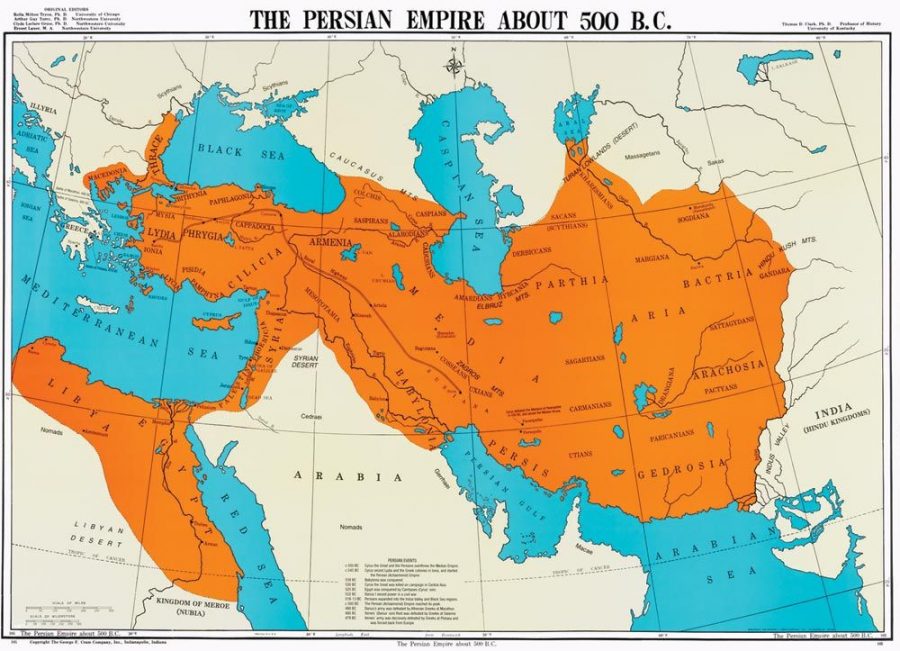The Persian Empire
Persian History
The earliest Persian civilization was the Elamites who settled in the region around 3000 B.C. The capital of Elam was the city of Susa. The Nomadic tribes of Medes and the Persians later settled in the area known as Persia. The Medes later settled in the first Persian Plateau, Media. Then in their height of their power around 600 B.C. when Cyrus the Great overthrew the Medes around 550 B.C. Then later in 530 Cyrus the Great was killed. Then his son conquered Egypt, but also died on the way back. Then Darius the I regulated taxation and reorganized the government by dividing the Empire up into Provinces. Then later in 513 B.C. he invaded the area west and north of the Black Sea which became the beginning of the end for the Persians. In 331 B.C. Alexander the Great defeated a huge Persian army and Persia then became part of Alexander the Great’s Empire.
Cyrus The Great
Cyrus was born into a noble Persian family, the Achaemenids. In 559 B.C., he became ruler of Anshan, a part of the Median Empire. About 550 B.C., Cyrus overthrew King Astyages of Media and made the Median Empire the center of what became the Persian Empire. Cyrus seized control of Western Asia Minor (now western Turkey) after defeating King Croesus of Lydia about 545 B.C. and then overcoming the Greek cities along the coast of Asia Minor. In 539 B.C., he conquered Babylonia and took control of much of the Middle East, including Palestine. Cyrus respected local customs and religions in his empire. He freed the Jews from captivity in Babylonia and let them rebuild their Temple at Jerusalem. He died in a battle in central Asia.









